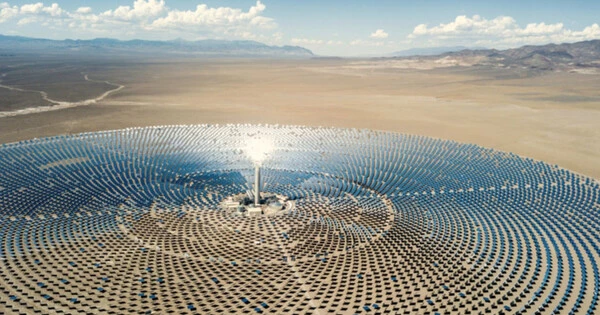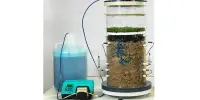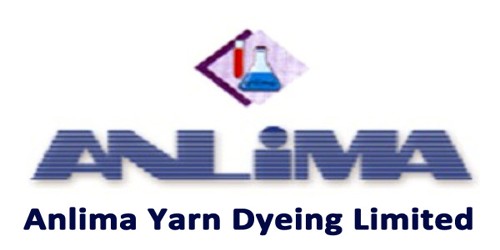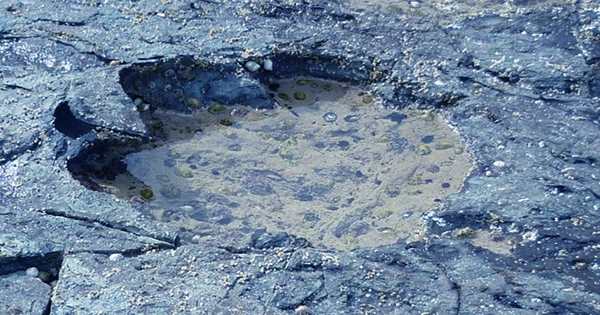Concentrated solar power (CSP, also known as concentrating solar power, concentrated solar thermal) systems generate solar power by concentrating a large area of sunlight into a receiver using mirrors or lenses. It is a renewable energy technology that generates electricity by harnessing the power of the sun. When concentrated light is converted to heat (solar thermal energy), it powers a heat engine (typically a steam turbine) connected to an electrical power generator or a thermochemical reaction.
The global installed capacity of concentrated solar power was 6.8 GW as of 2021. The US National Renewable Energy Laboratory (NREL) keeps a complete database of all CSP plants worldwide, whether they are under construction, shut down, or operational. The data includes detailed information such as capacity, power block component type, number of thermal energy storage hours, and turbine sizes.
Unlike traditional photovoltaic (PV) solar panels, which convert sunlight directly into electricity, CSP systems concentrate sunlight onto a small area, typically a receiver or solar thermal collector, using mirrors or lenses. This concentrated sunlight heats a working fluid to high temperatures, such as water or molten salts, producing steam that drives a turbine connected to a generator to generate electricity.
There are several types of CSP technologies, including:
- Parabolic Trough Systems: These systems use long, curved mirrors in the shape of parabolic troughs to focus sunlight onto a receiver tube located at the focal line of the trough. The receiver tube contains a heat-transfer fluid, which is heated by the concentrated sunlight and then used to produce steam for electricity generation.
- Solar Power Tower Systems: Power tower systems use a large field of flat mirrors called heliostats to track the sun and reflect sunlight onto a central receiver tower. The receiver at the top of the tower contains a heat-absorbing material that heats up and transfers the heat to a working fluid to generate steam for electricity production.
- Dish Stirling Systems: These systems are made up of a parabolic dish that focuses sunlight onto a receiver at the dish’s focal point. A Stirling engine, which converts the heat from concentrated sunlight into mechanical power, is typically found in the receiver. The mechanical power is then converted into electrical power by driving an electric generator.
CSP has several advantages, including the ability to store thermal energy and generate electricity even when the sun is not shining. As a result, CSP is a dependable and dispatchable renewable energy source. It also has the potential to generate large amounts of power, making it suitable for utility-scale applications. CSP technology, on the other hand, necessitates areas with high direct solar radiation and a significant amount of land, making it more suitable for specific geographic locations.
















